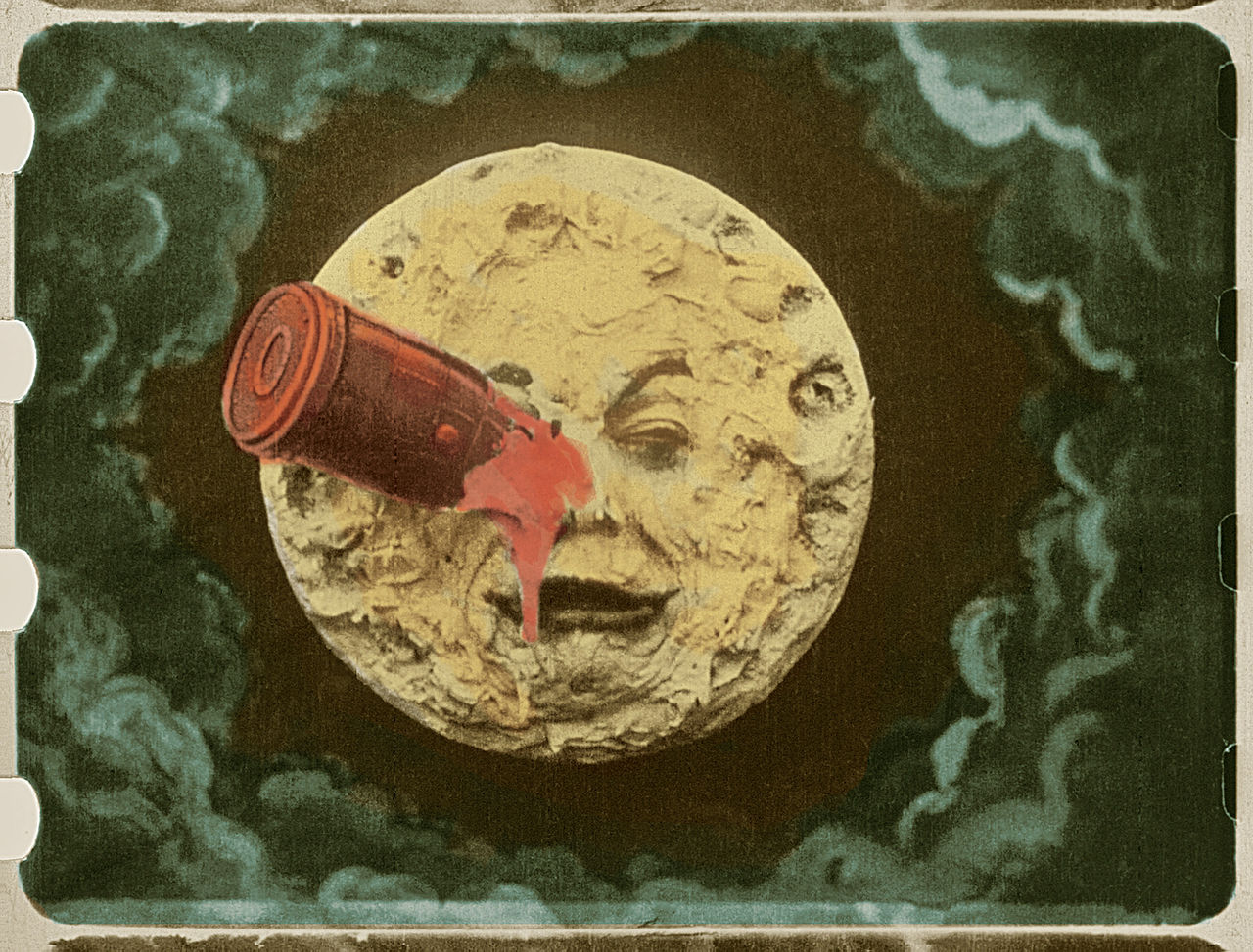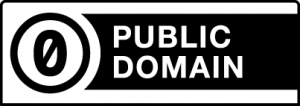Copyright Law
8
Introduction
The public domain consists of creative works that are not subject to copyright. This is the pool of publicly available material from which new creativity and knowledge may be built.

Learning Objectives
- Explain what the public domain is
- Communicate the value of the public domain
Big Question – Why it Matters
Why is it important that works eventually fall out of copyright? Are there any works that do not qualify for copyright protection and may be freely used?
A critical aspect of copyright law is that the protection it provides does not last forever. After a set term, the copyright expires and the work enters the public domain for everyone to copy, adapt, and share. Likewise, there are certain types of works that fall outside the scope of copyright.
Personal Reflection – Why it Matters to You
Have you ever seen ancient Egyptian art in real life? Have you listened to a Beethoven symphony? These works are in the public domain. What other public domain works have you enjoyed in your lifetime? Have you ever created something new using a work in the public domain?Type your exercises here.
Acquiring Essential Knowledge
Despite the expansive reach of copyright, there is still a rich (and growing) public domain full of works which are free from copyright. Works enter the public domain in one of four ways:
(1) The copyright expires.
While copyright terms are longer than ever before, they are not infinite. In most countries, the term of an individual’s copyright expires 50 years after her death. In some countries, the term is longer and can be up to 100 years after the author dies. Review the map in section 2.2, for an overview of copyright terms around the world.
(2) The copyright holder failed to comply with formalities to acquire or maintain their copyright.
Today in most countries, there are no formal requirements to acquire or renew copyright protection over a work. This was not always the case, however, and many works have entered the public domain over the years because a creator failed to adhere to formalities.
(3) The work was never entitled to copyright protection.
Copyright covers vast amounts of content created by authors, but certain categories of works fall outside the scope of copyright. For example, works that are purely functional are not copyrightable, like the design of a screw. The Berne Convention identifies additional categories, such as official texts of a legislative, administrative, and legal nature. Further, in some countries, works created by government employees are excluded from copyright protection and are not eligible for copyright. Facts and ideas are never copyrightable.
(4) The creator dedicates the work to the public domain before copyright has expired.

In most parts of the world, a creator can decide to forego the protections of copyright and dedicate their work to the public domain. Creative Commons has a legal tool called CC0 (“CC Zero”) Public Domain Dedication that helps authors put their works into the worldwide public domain to the greatest extent possible. You’ll learn more about this tool (and other Creative Commons legal tools) later in the course.
What can you do with a work that is in the public domain?
You can do almost anything, but it depends on the scope and duration of copyright protection in the particular country where the work is used. Depending on the country, for example, a work in the public domain may still be covered by moral rights that last beyond the duration of copyright. It’s also possible that a work is in the public domain in one country, but is still under copyright in another country. This means you may not be able to use the work freely where copyright still applies.
Author credit and the public domain
Even though it may not be legally required in every country, especially those countries where moral rights do not exist after the term of copyright expires, there are many benefits to identifying and giving credit to the original creator, even after her work has entered the public domain. Many communities have adopted norms, which are accepted standards for crediting the authors and the treatment of works in the public domain. Creative Commons has created public domain guidelines that can be used by communities to create their own norms. Review the CC guidelines here. Can you think of a reason why it might be helpful to give credit to an author whose work is in the public domain? Can you think of why norms should be encouraged when public domain works are reused?
Finding works in the public domain
With millions of creative works whose copyright has expired—and many more added regularly with tools like the CC0 Public Domain Dedication, the public domain is a vast treasure trove of content.
Some sites that host works in the public domain are Project Gutenberg, Public Domain Review, Digital Public Library Association, Wikimedia Commons, Internet Archive, Library of Congress, Flickr, and the Rijksmuseum. The CC Search tool is another way to find public domain material.
It is not always easy to identify whether a work is in the public domain (though there are many resources available to help, such as this database of authors in Argentina). As we learned, copyright protection is automatic, so the absence of a copyright symbol “©” does not mean a work is in the public domain. In addition to its CC0 Public Domain Dedication for creators, Creative Commons also has a tool called the Public Domain Mark, designed to label works whose copyright has expired everywhere in the world, so that reusers can easily identify that those works are in the worldwide public domain. As of 2016, CC’s public domain tools were used on more than 90 million works.
Final remarks
A healthy public domain is crucial to preserving our cultural heritage, inspiring new generations of creators, and increasing human knowledge. Because the scope and duration of copyright has grown so much over the years, it can be easy to forget the public domain exists at all. But the public domain is a critical part of the bargain of copyright, and works in the public domain are incredible resources that belong to all of us.

